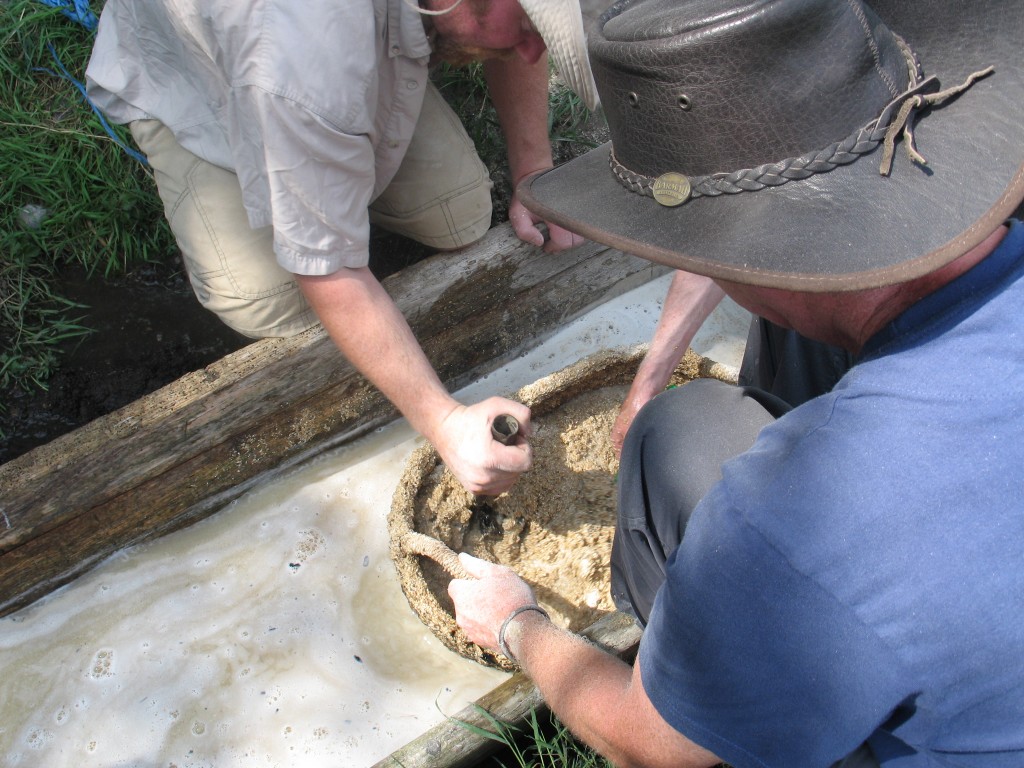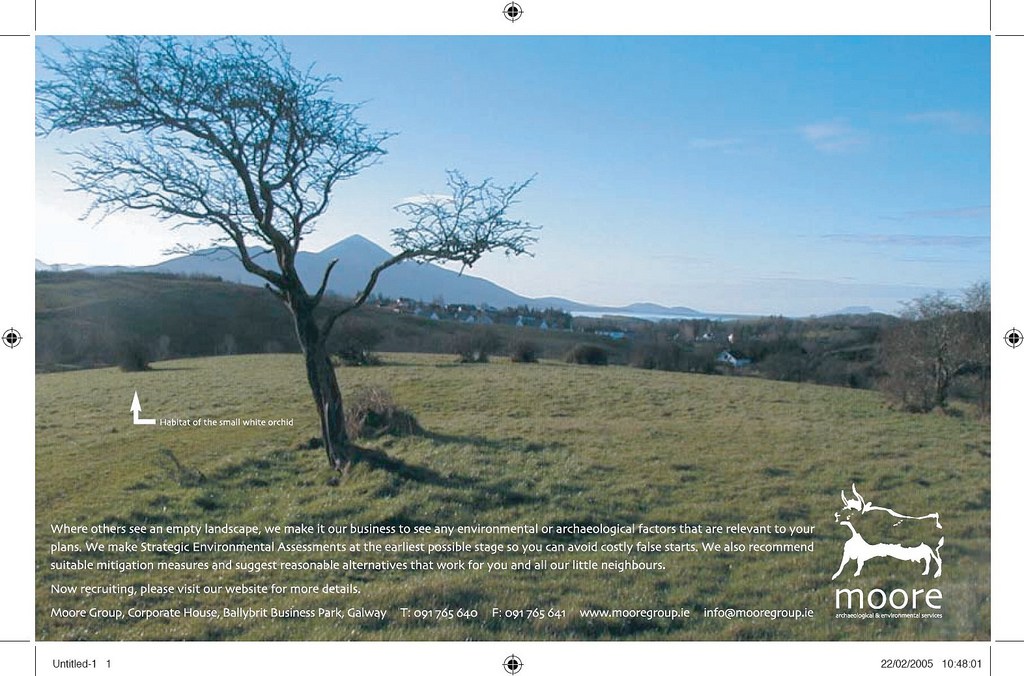We seldom get nominated for awards or prizes (I was disqualified from the community games art competition in 1978 because they claimed I had traced my entry, I didn’t – Dec), our field being rather small and specialised, so we are suitably delighted to place in the final shortlist in the SME/Small Business Website category of the Realex Payments Irish Web Awards 2011, which will be held in the Mansion House in Dublin on the 22nd of October. Reaching the final shortlist has already increased our visitor numbers and we’re delighted to welcome any new readers and especially new readers who decide to come back. There’s over 4 years of blogging on our blog page, on topics ranging from Irelands natural and cultural heritage to beer, aquaponics, planning, general heritage issues and more, so please feel free to explore. There’s also our resource centre which is a slow build section designed to assist anyone with a project who needs info on environmental and heritage issues. We’d love any feedback from new readers so please leave a comment if you like. And look – a badge and all…
In your face Community Games.
Our category of the web awards is sponsored by Pivotal Communications.




